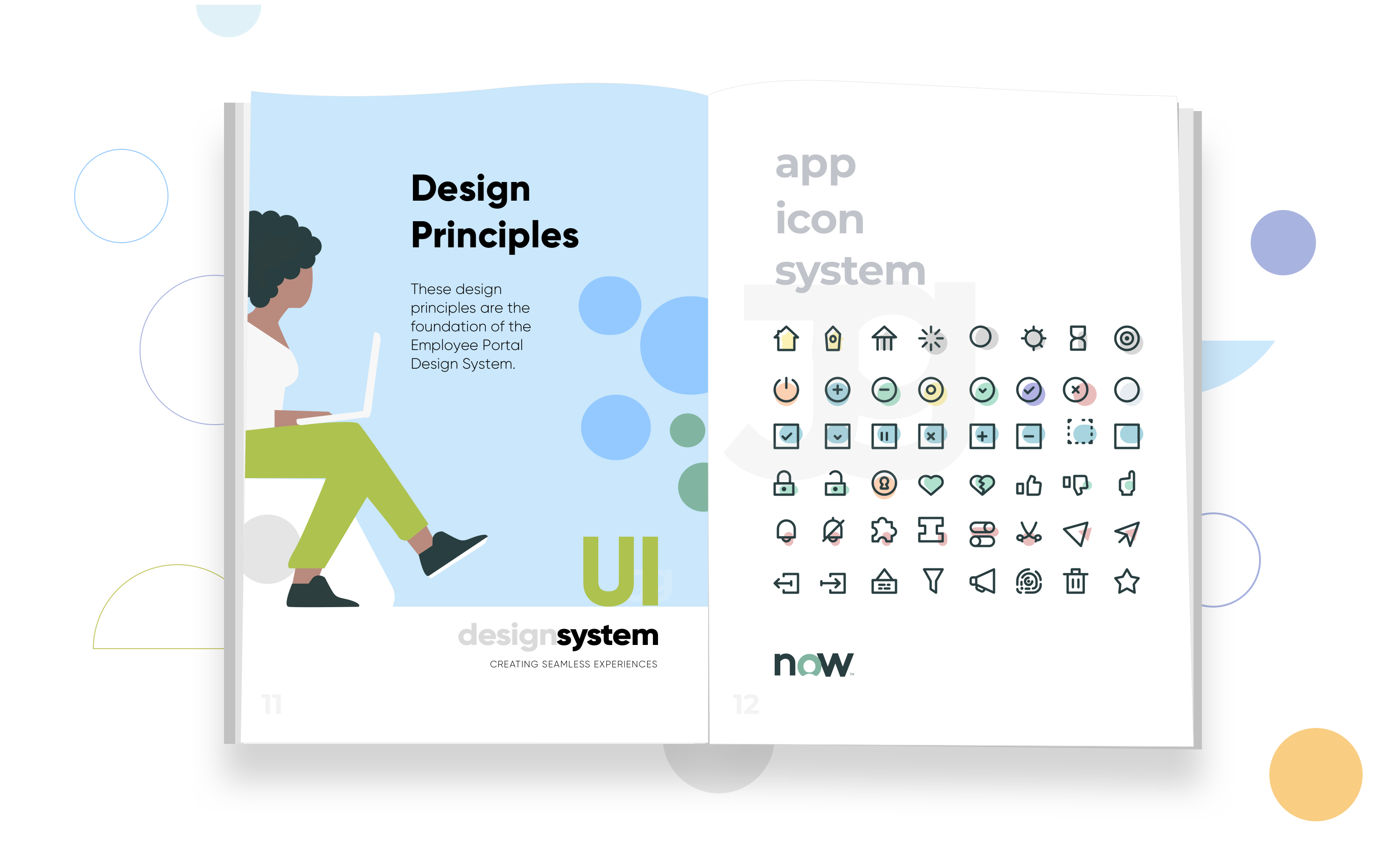End of the research I found 2 of the best resources, Atomic Design, by Brad Frost, and a site called Pattern Lab and
the companies like Google, Apple have complex and well-documented design systems. This would help to categories
the elements, components, widgets, templates and the pages.







